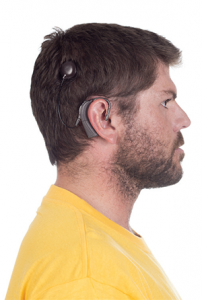Physicians gather at the Combined Otolaryngology Spring Meetings for the 2017 Triological Society Annual Meeting


Physicians gather at the Combined Otolaryngology Spring Meetings for the 2017 Triological Society Annual Meeting

Does age directly mediate the perforation closure, hearing, or complication outcomes after tympanic membrane perforation repair in pediatric patients?

Reliance on CT for selection of septoplasty candidates is discouraged

The suggests attempting preoperative steroid injections prior to proceeding with surgical excision

A trend toward more conservative surgical management with lobectomy prevails over total thyroidectomy
Which tests, if any, lead clinicians to the etiology of laryngotracheal stenosis (LTS) in serologic testing?

Esophagoscopy with biopsy is an important adjunct to airway endoscopy in children with refractory aerodigestive symptoms
Graves disease is the only indication in which patients undergoing thyroidectomy are at increased risk of postoperative hematoma formation
However, there was no significantly different incidence of CBNM between HPV-positive and HPV-negative patients

Physical and electrophysical limitations inherent to CI-mediated listening suggest that sound quality perception in the CI population is limited by many factors